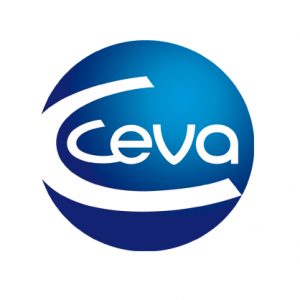ND prevention strategy in low ND challenged countries
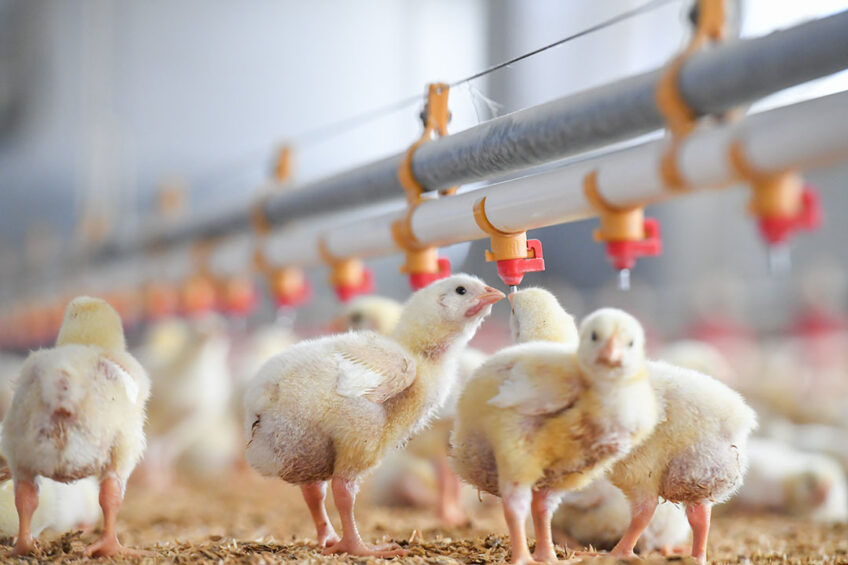
Newcastle disease (NDV) known as avian paramixovirus serotype 1 (PMV-1) is considered as one of the most important diseases of poultry. There are preventative strategies you can use in low ND challenged countries.
Newcastle disease continues to challenge poultry production operations even in low ND challenged countries like in EU or in Brazil. With live ND vaccines it is not possible to keep the balance between safety and efficacy. There is a need of better solution to protect against uncontrolled circulation of PMV-1 strains, especially in high densely populated poultry areas.
Figure 1 is aimed to raise the awareness of the presence of PMV-1 and the rolling infection due to the classical vaccines used in Europe. 347 flocks with no ND vaccination were chosen randomly and tested at slaughter age with ELISA specific commercial kits. While expecting that flocks should not exceed the Negative threshold, results came to highlight that 29 % of the flocks showed positive titers. And 11% of the flocks showed challenge titers.
Figure 1 – ND-free countries | awareness.
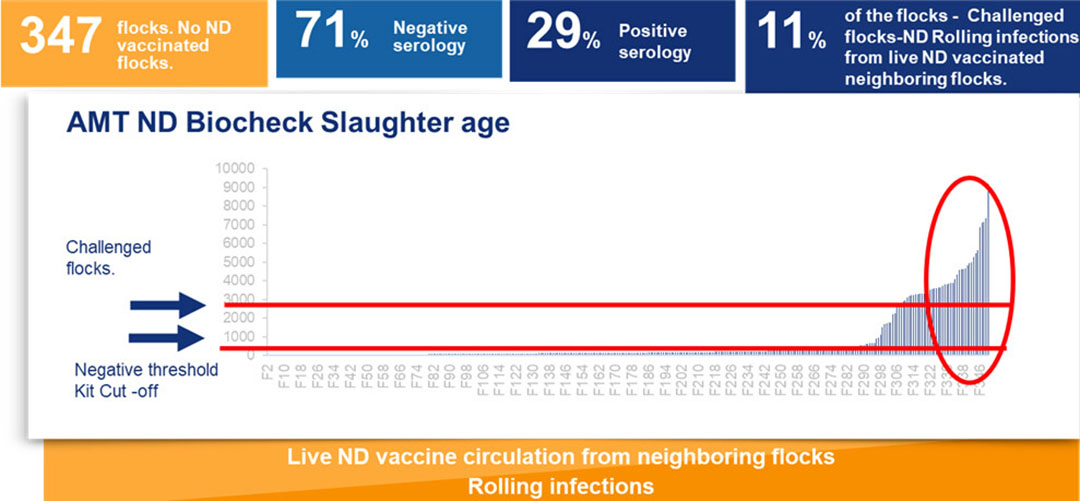
Click to enlarge figure
Here is an example of a silent spread of PMV-1 strains in ND-free regions such as Brazil (Figure 2). A broiler integration in Brazil producing 7.7-million-day-old chicks/month, with no history of ND vaccination conducted in the last 20 years was evaluated for the presence of a viral respiratory infection.
Figure 2 – ND-free countries | Vectormune vs No ND vaccination.
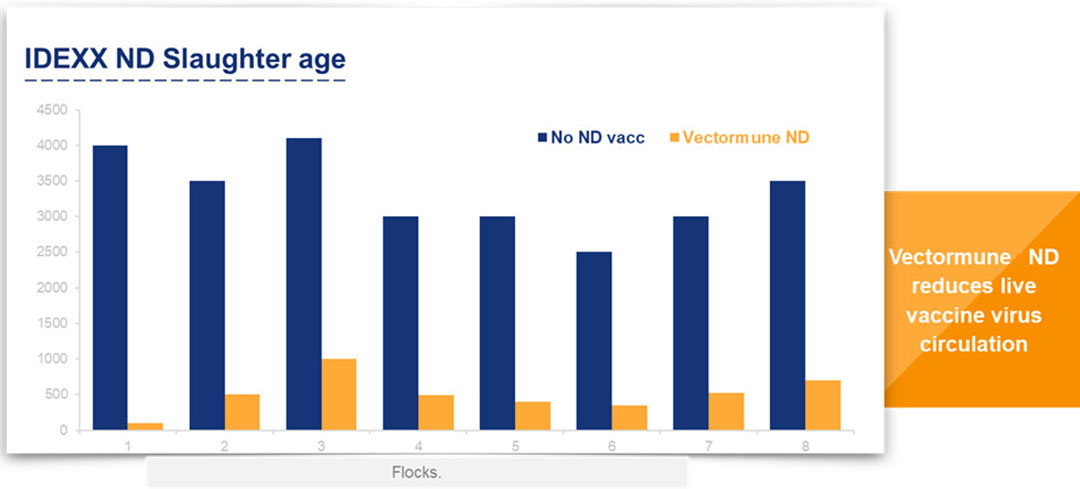
Click to enlarge figure
At processing age (42 days), Vectormune ND vaccinated flocks showed a better and uniform results than non-vaccinated flocks with high and heterogenous serology results. In addition to the serology results, condemnation and airsacculitis rates and medication costs are also important elements to evaluate the production performance.
We have the results of the condemnations rate and medication costs from a company (Figure 3). One group was without ND vaccination during 2 consecutive broiler cycles (298,000 chickens/ cycle; 8 houses) and the other group was with only Vectormune ND vaccination during one broiler cycle (285,000 chickens/cycle; same 8 houses).
Figure 3 – Broiler cycle | Vectormune ND vs No ND vaccination
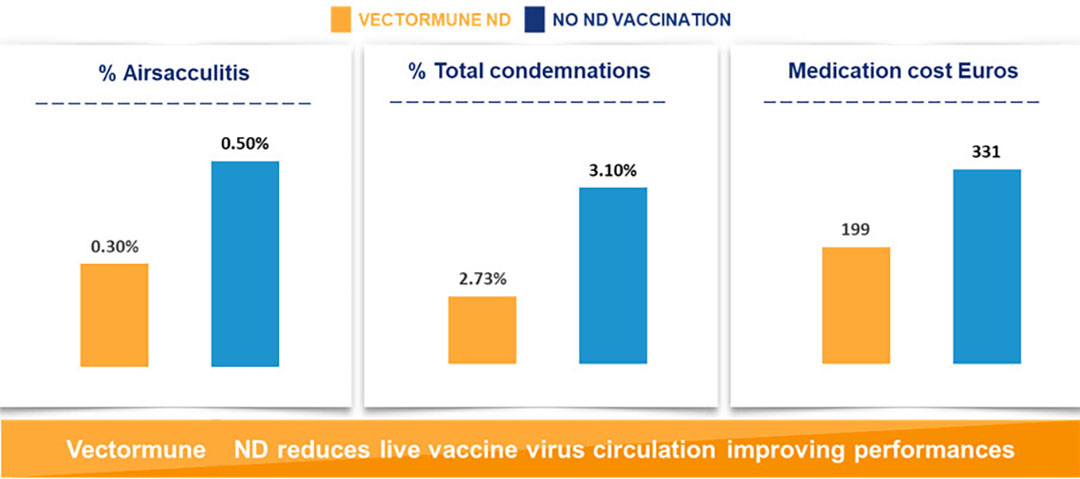
Click to enlarge figure
In Vectormune ND vaccinated flocks, we can clearly see the better results of the condemnation rates, airsacculits rates and as a consequence the better result of medication cost.
Conclusion
In low ND challenged countries, one of the options is the live mild vaccines which can bring the risk of virus circulation in the field together with post vaccination reactions and as a consequence of therapeutic antibiotics usage. Other option is not to vaccinate. However, in the presence of live virus circulation, this option brings the risks as well.
Vectormune ND in ND-free or low ND pressure areas:
- prevents the uncontrolled circulation of lentogenic NDV strains,
- significantly increases the performance by improving the respiratory health,
- reduces the use of antibiotics


